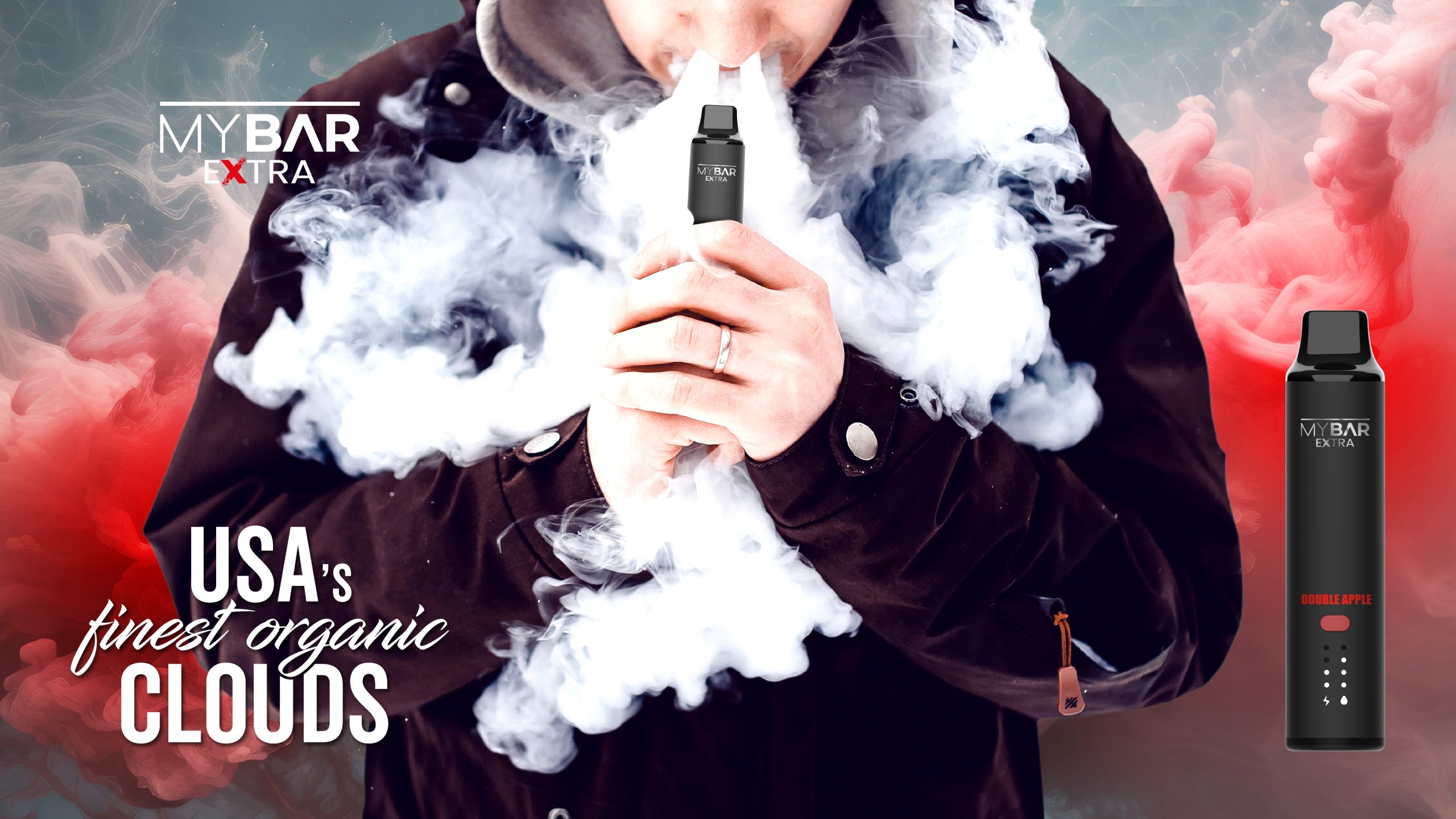In recent years, vaping has sparked considerable debate and controversy, with conflicting information circulating about its potential health effects. As vaping continues to gain popularity as an alternative to traditional smoking, it’s essential to separate fact from fiction and address common misconceptions surrounding this practice. In this blog, we’ll debunk vaping myths and present evidence-based facts regarding its impact on health, providing readers with a clear understanding of the risks and benefits associated with vaping.
Myth: Vaping is Just as Harmful as Smoking
Fact: While vaping is not without risks, numerous studies have shown that it is significantly less harmful than smoking traditional cigarettes. According to Public Health England, vaping is estimated to be at least 95% less harmful than smoking and can be an effective tool for smoking cessation. Unlike tobacco smoke, which contains thousands of harmful chemicals, vapor from e-cigarettes typically contains fewer toxins and carcinogens, making it a safer alternative for nicotine delivery.
Myth: Vaping Causes Popcorn Lung
Fact: Popcorn lung, also known as bronchiolitis obliterans, is a serious respiratory condition caused by exposure to diacetyl, a chemical flavoring agent found in some e-liquids. However, diacetyl is now banned in e-liquids sold in the European Union and the United States, significantly reducing the risk of popcorn lung associated with vaping. Additionally, studies have shown that the levels of diacetyl present in e-cigarettes are much lower than those found in traditional cigarettes, further minimizing the risk of developing this condition.
Myth: Vaping is a Gateway to Smoking for Youth
Fact: While concerns about youth vaping are valid, research suggests that vaping is not a significant gateway to smoking traditional cigarettes. According to a study published in the BMJ, the vast majority of young people who vape are already smokers or ex-smokers, indicating that vaping is primarily used as a smoking cessation aid rather than a gateway to smoking. Furthermore, strict regulations on the marketing and sale of vaping products to minors have been implemented to prevent youth initiation.
Myth: Secondhand Vapor is Harmful to Others
Fact: Unlike secondhand smoke from traditional cigarettes, secondhand vapor from e-cigarettes is generally considered to be much less harmful to bystanders. While e-cigarette vapor does contain some potentially harmful chemicals, the levels are significantly lower than those found in cigarette smoke. A study conducted by the National Institute for Occupational Safety and Health found that exposure to secondhand vapor poses minimal risk to non-users, further debunking the myth that vaping is harmful to others.
In conclusion, while vaping is not without risks, it is generally considered to be a safer alternative to smoking traditional cigarettes. By debunking common myths and presenting evidence-based facts, we can promote a better understanding of the health considerations associated with vaping. It’s essential to stay informed and make educated decisions based on scientific evidence when it comes to vaping and its potential impact on health.

